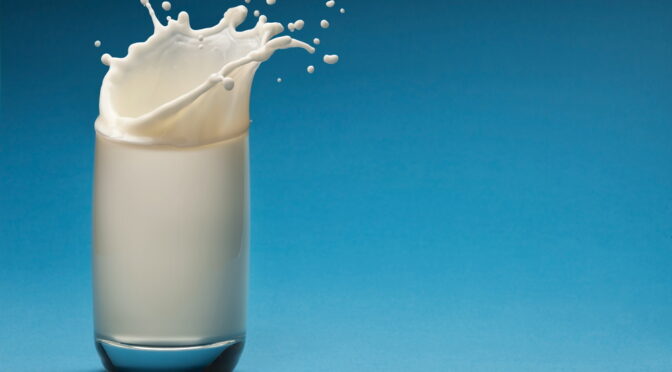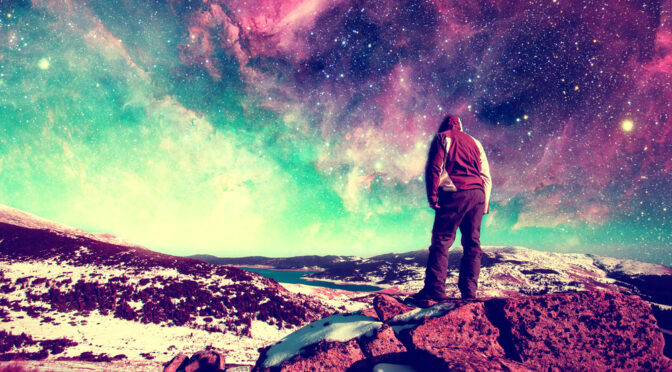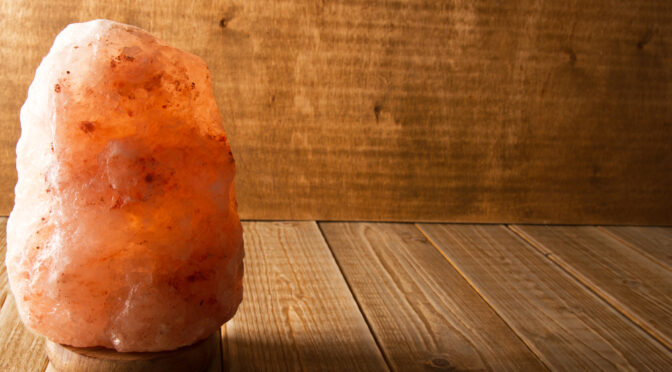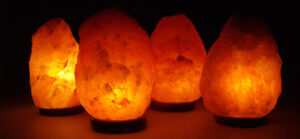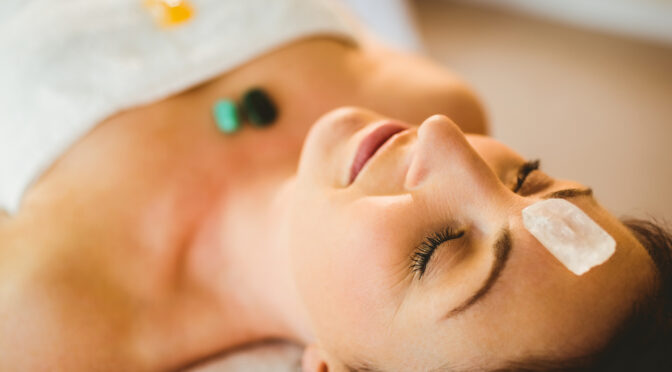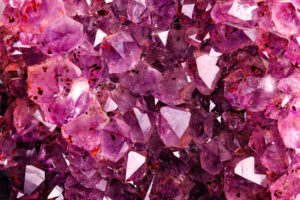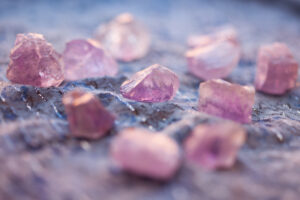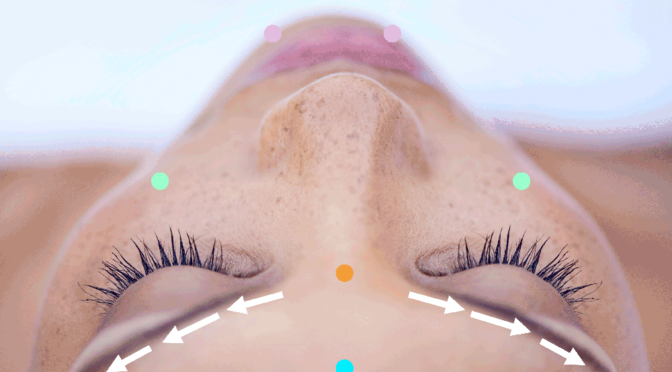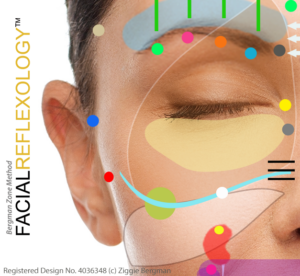We’ve all heard that milk is good for you. It has vitamin D and calcium – both ingredients for strong bones and good health, right?
Today, some new data is casting some doubt on the claims. It turns out, scientists aren’t totally clear on how much milk actually helps your bones. Exercise and other sources of vitamin D may actually do a lot more for overall bone strength, as is demonstrated in societies that don’t drink milk. In milk-heavy communities, the rate of bone fractures is actually higher. Is milk to blame? Potentially.
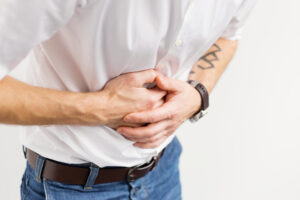
Not only is milk not necessarily good for strong bones, a new study has found that there’s some real unhealthy stuff in milk.
The study, conducted in 2013 by CoBank, found fat content, flavorings, and added sugars contribute to childhood obesity, which has reached pandemic proportions in the U.S. and other western countries.
Milk, among other dairy products, is a major part of America’s obesity problem. Milk is one of the largest sources of saturated fats and has been linked to diseases like prostate cancer and diabetes. Continue reading

